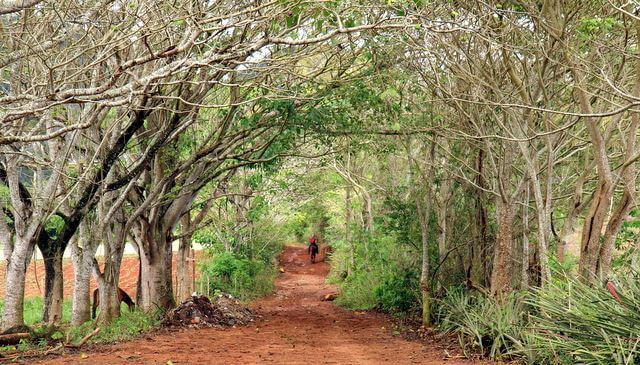
The middle section of the walk passed under this tree arch
Leaving the small town of Vinales on foot we trudged through a field to go and visit a local tobacco farmer.
The further out of town we walked the smaller and more dilapidated the houses became. Geraldo lived on the very edge of the town, and his farm house was little more than wooden walls topped with a rough thatch roof.
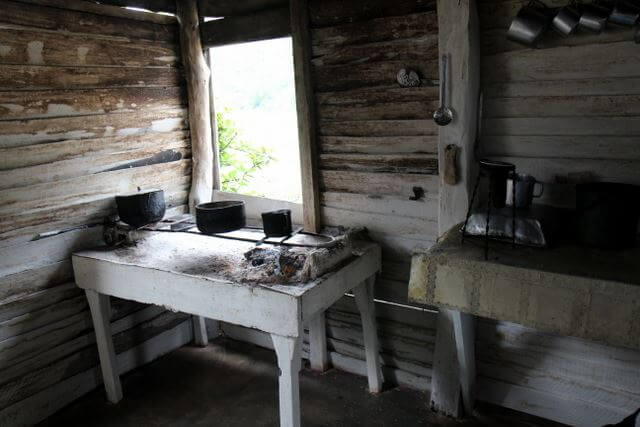
Inside the Cuban farm house
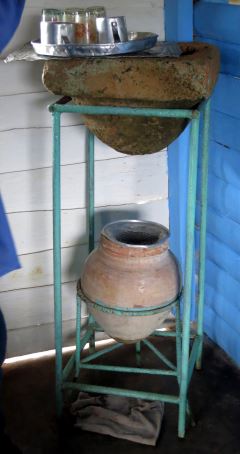
The large stone at the top acts like a water filter, with purified drops falling into the jug below, which keeps the water cool.
Despite this, they took care of the house. The walls were freshly painted, the floor swept and the washing up done and dried. We were welcomed by a trio of yapping dogs, who knew better than to cross the threshold into the house and get muddy paw prints on the tiled floors. Sadly our tour guide didn’t have the same house training and his big cleated soles left lumps of mud on the clean concrete.
Our host, Geraldo, was already sitting at the table rolling cigars. He didn’t get up, but continued with his work, smiling behind a bushy moustache. Without really looking away from his task, he explained what he was doing.
Geraldo grows tobacco during the wet season and sweet corn in the dry season. The government sets a quota for each farmer – the first 90% of the quota goes to government, with the remaining 10% and any excess being kept by the farmer. Tobacco farmers use the excess to make their own cigars, whilst fruit farmers might sell juices or preserves.
If they don’t meet quota, they have nothing extra to sell and have to live off the basic rations from La Libreta.
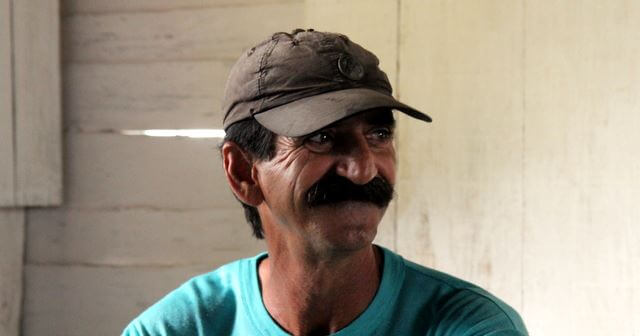
Geraldo and his marvellous moustache
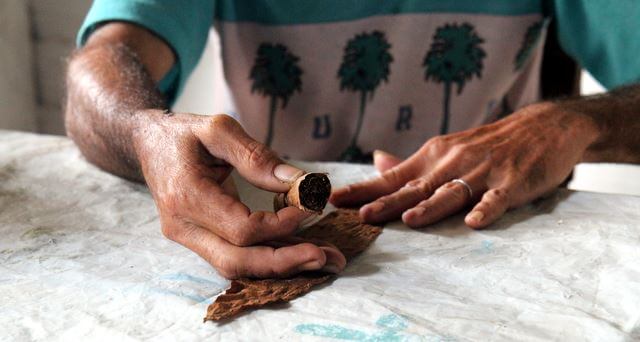
Geraldo putting the finishing touches to a Cuban cigar
How to make Cuban cigars
Cigars are made from three parts: a filling, a binder and the skin. The skin is the most important leaf as it has to be perfect to make the cigar visually appealing.
For the filling, cigars use fermented tobacco leaves, and each farmer has their own recipes for the fermentation. I was expecting this to be a long-held family secret, but Geraldo happily admitted that he uses honey, guava leaves and rum, creating a very smooth taste. Others use aniseed, cinnamon, even urine. For his personal stash, the leaves are fermented for 90 days to soften them before being rolled into cigars.
Factories just use water to ferment branded cigars and only for a few days, but instead use a blend of leaves to modify the flavour. There are 75 varieties of leaves to create the combinations. Most farmers only grow one variety, hence the need for the natural additives. The position of the leaves on the plant also makes a difference – much like tea the tips are the most flavourful.

The barn used to dry the tobacco leaves, alongside the newest crop.
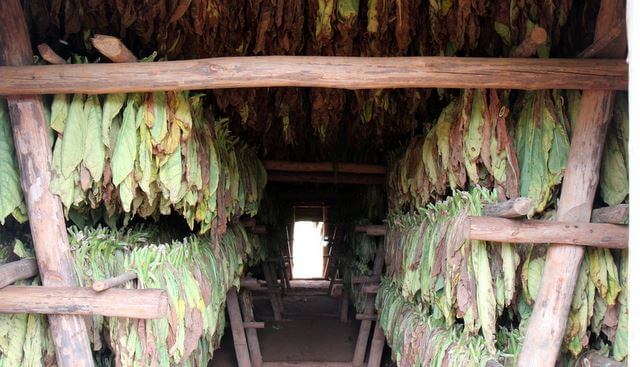
Drying tobacco leaves inside the barn
In full there are 160 steps to making a good Cuban cigar, so the full explanation takes a long time. Fidel Castro’s 7-8 hour speeches are also known as his “cigar stories”.
Finishing his demonstration cigar, he lit it up and took a well-earned puff. The smell was strong and smooth – I’m not a smoker but couldn’t help but enjoy the aroma. Geraldo handed it round for those that wanted to try. As you’d expect he had plenty of bundles of cigars ready made for sale so we bought 10 cigars to try our luck at customs back in the US.
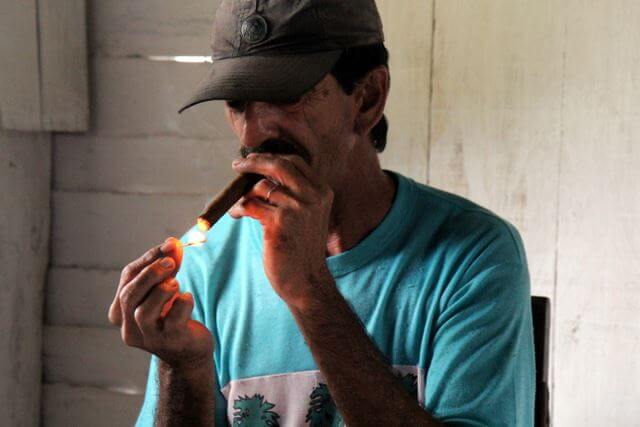
Taking a well-earned break
Geraldo is one of those men with a twinkle in his eye, that makes him instantly likable. Combined with his obvious skill and passion for cigars he’s well worth a visit.
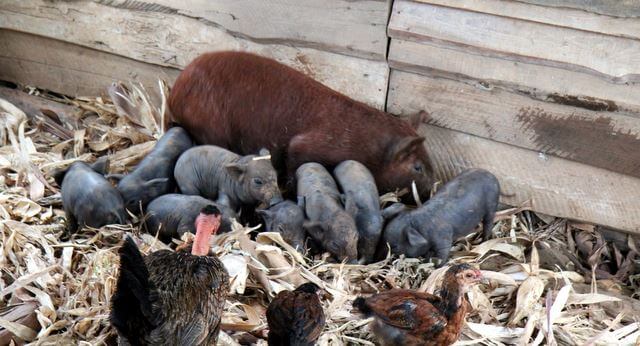
Heavy rain on the walk back into town led to us sheltering in a pig-sty, complete with a newly born family of piglets.






Pingback: @cubatravelnet
Pingback: @CaribbeJan
Hi Steve!
If you wouldn’t mind sharing, how did you get connected with your host?
thank you!!